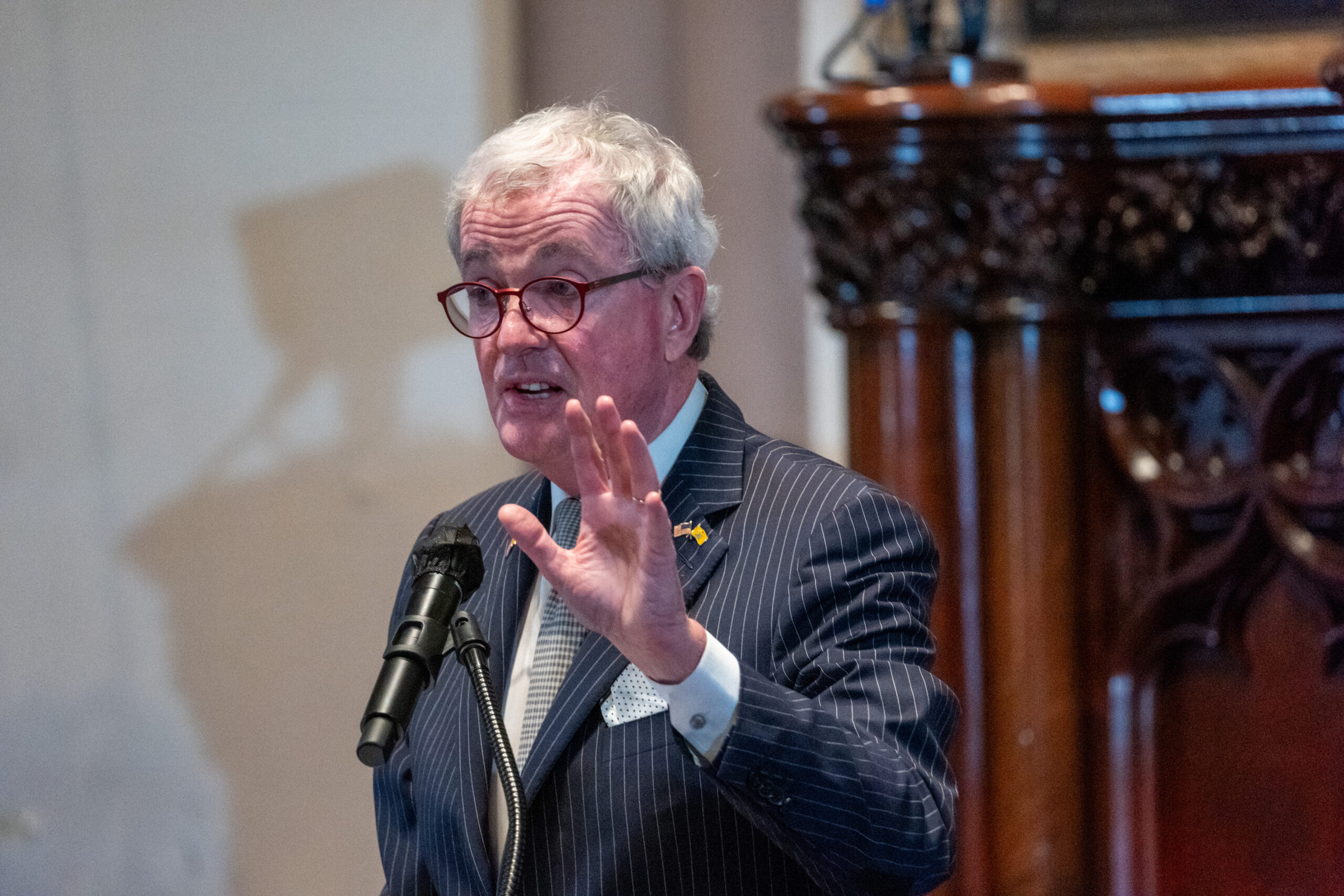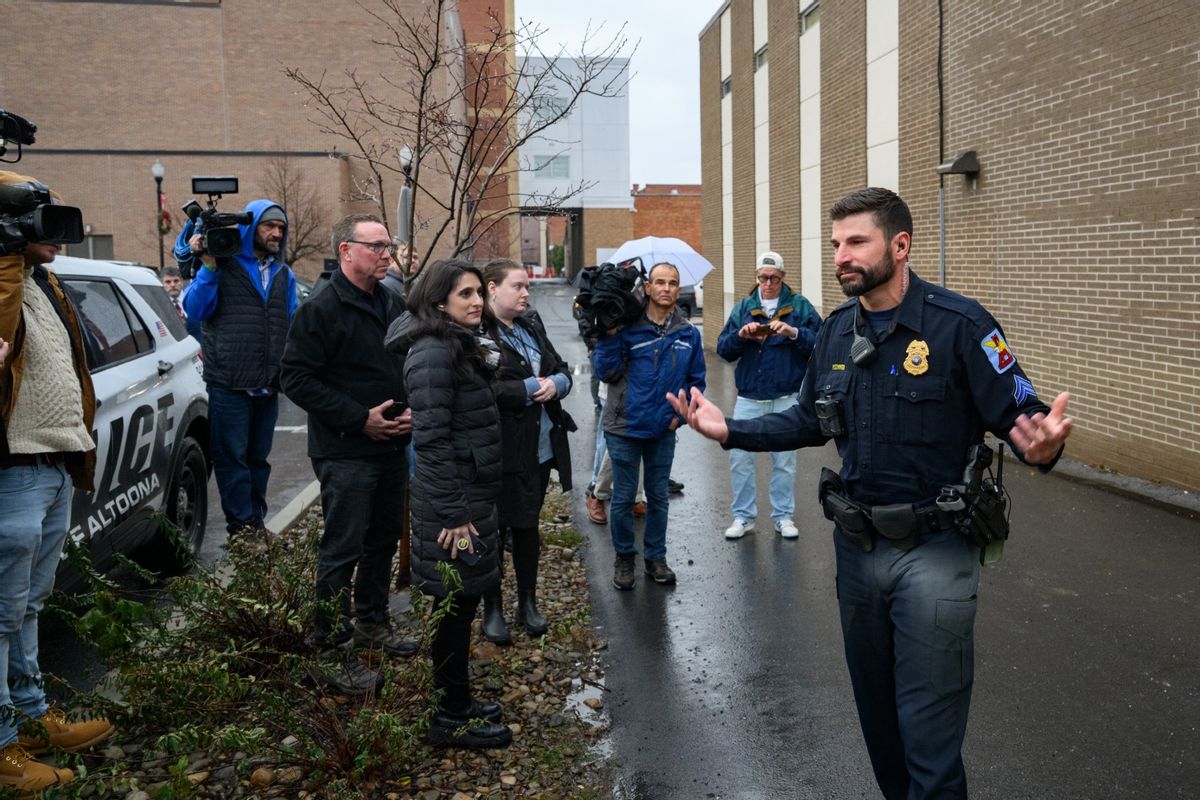Researchers have taken a crucial step toward making a handheld “quantum compass” that could one day help people navigate without the Global Positioning System (GPS).
The scientists successfully miniaturized a laser system that’s typically the size of a refrigerator to perform a sensing technique called atom interferometry. The system now fits onto a silicon microchip, the team reported July 10 in the journal Science Advances.
“I think it’s really exciting,” study lead author Ashok Kodigala, a silicon photonics scientist at Sandia National Laboratory in Albuquerque, said in a statement. “We’re making a lot of progress in miniaturization for a lot of different applications.”
Like light, electrons sometimes behave as waves. Atom interferometry takes advantage of this property to precisely measure acceleration, rotation and angular velocity. Those variables could help quantum compass users measure and track their own position without using GPS, which relies on continuously transmitting signals between devices and satellites.
Unlike a laser, which emits a beam of light, an atom interferometer emits a beam of super-cold atoms, and it then uses light rather than mirrors to manipulate that beam. The interferometer measures the difference in phase — whether the peaks and troughs of the waves line up with each other — between atoms on different paths. Any change in energy across the two paths, such as an atom receiving energy from an interaction with light, will shift the atoms in and out of phase. Scientists can use that to measure how fast the atoms accelerate.
Related: ‘Quantum-inspired’ laser computing is more effective than both supercomputing and quantum computing, startup claims
Normally, the six atom interferometers required to make a quantum compass would fill a small house. But the scientists made part of the system smaller by taking advantage of photonic integrated circuits — an existing miniature laser technology — to build tiny modulators that can tune the beam’s frequency for different functions.
Modulators come with their own challenges, though. They often add “echoes” of light, called sidebands, that need to be suppressed for the instrument to work properly. By carefully tuning the radio frequencies that control the modulators, the team reduced the intensity of the unwanted sidebands 100,000-fold.
“We have drastically improved the performance compared to what’s out there,” Kodigala said in the statement.
Despite the progress, tiny quantum compasses aren’t ready for the shelves just yet. Scientists are still working to miniaturize the other components and integrate them all into a single chip. But the team has already made strides in shrinking other parts of the system and bolstering the delicate apparatus against vibrations, shock and radiation.
Eventually, quantum compasses could help people navigate in areas where GPS isn’t available, or in conflict zones when GPS signals are blocked. And the technology being developed to support the compasses could find uses in other sectors, such as lidar and quantum computing.
“I have a passion around seeing these technologies move into real applications,” study co-author Peter Schwindt, a quantum sensing scientist at Sandia, said in the statement.




















Discussion about this post